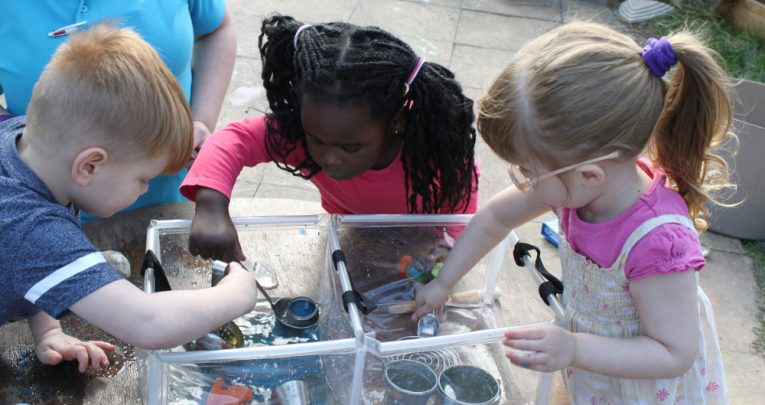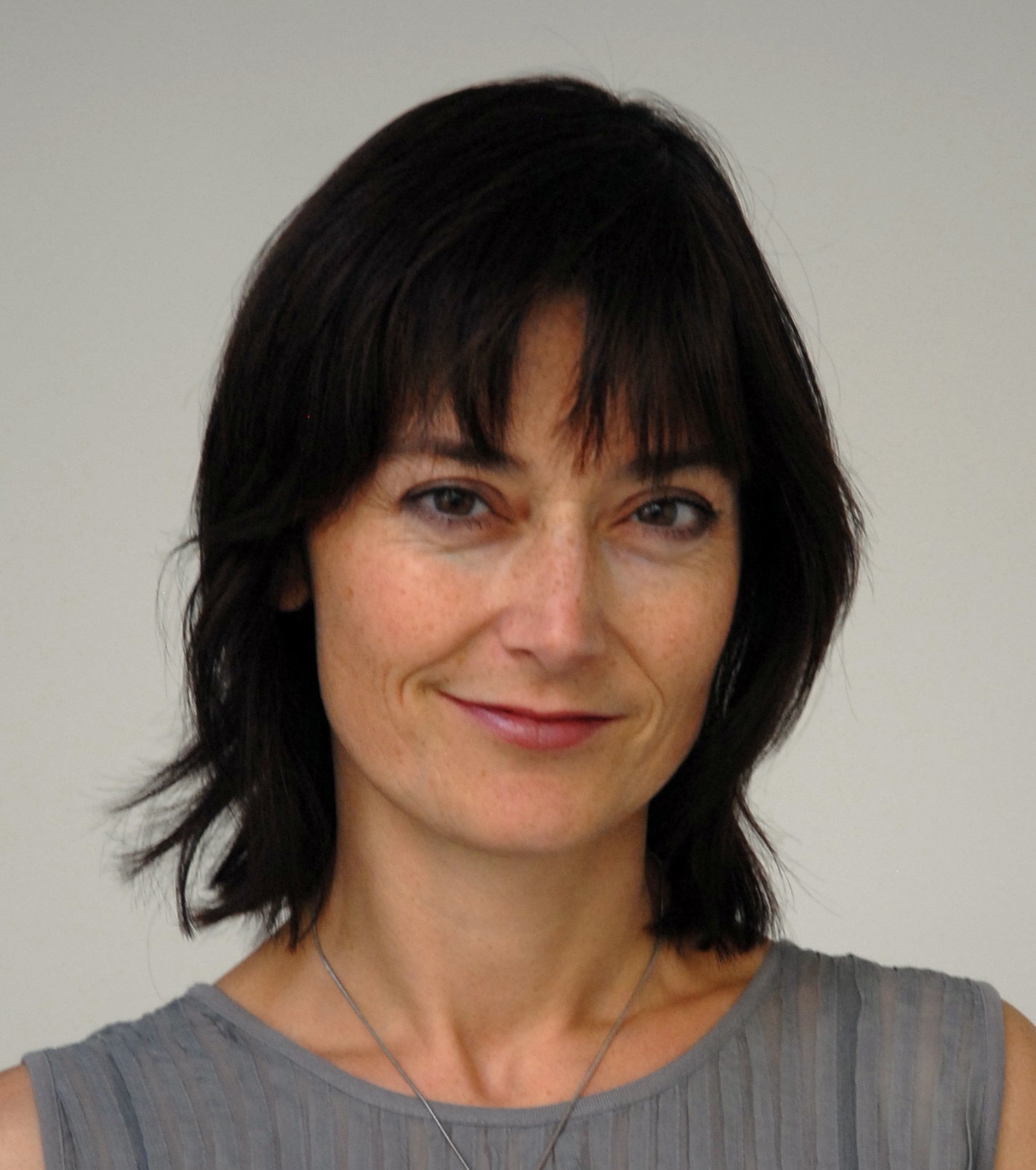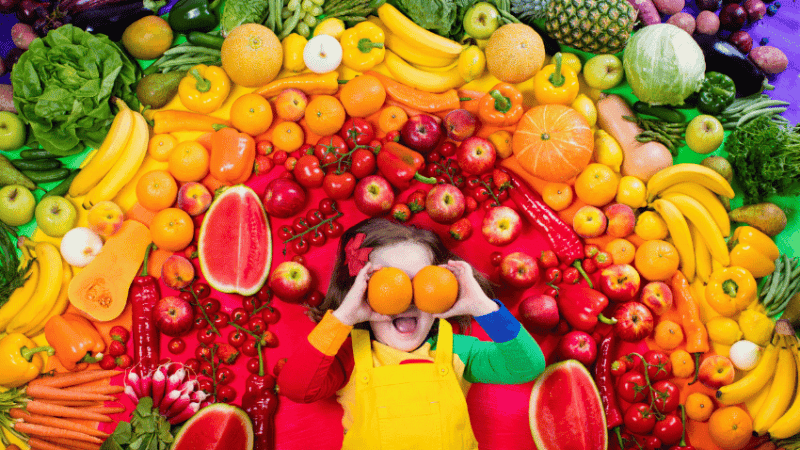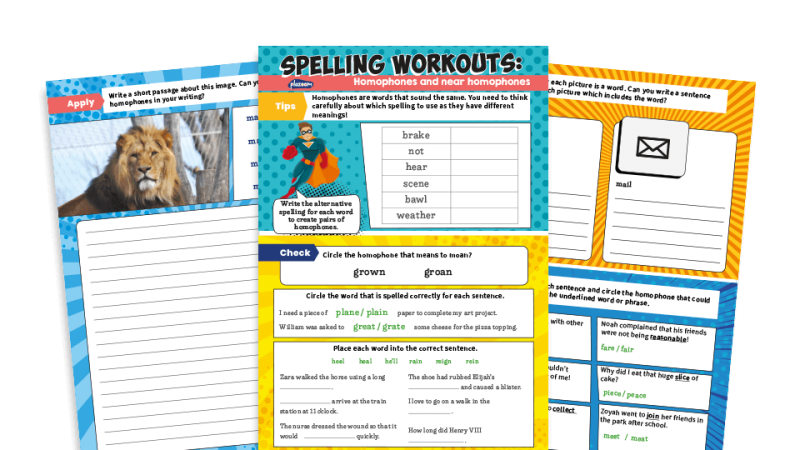If you Think Messy Play is ‘Just Fun’ you’re Missing its Therapeutic Qualities and Educational Value

There’s more to messy learning than meets the eye, says Sue Gascoyne

- by Sue Gascoyne

We’ve all witnessed children’s fascination for messy play, be it sand, water, paint, clay or gloop, but what is its appeal?
Perhaps it’s its highly sensory qualities, which offer escapism and calm; its potential for creativity and fun; the opportunities it provides for exploring change and developing agency; the wellbeing that comes from being able to follow one’s own enquiries, focus and self-regulate; or the fact that making mess may be seen as rebellious and therefore exciting.
Children’s brains are hardwired to explore, to discover more about themselves and the world around them, and they do this through plentiful and richly stimulating encounters with materials.
Messy play, though, is a difficult term that instantly divides adults into ‘love it’ and ‘hate’ it camps. I prefer to use the expression ‘material engagements’, as it’s simply not the case that such activity has to result in the mess associated with cooked couscous or gloop!
Resources can be classified in terms of dry, messy or in-between textures – a useful starting point, as it reminds us that if messy play is not our forte, we don’t need to push ourselves, or our children, to the limit by diving in with gloop.
By starting outdoors with drier, non-sticky textures and a variety of containers, children and adults can successfully begin their relationship with materials.
Exploring materials
Of course, most materials have the potential to be used messily, but that doesn’t mean they offer homogenous appeal or work in the same way.
My research into the use of messy play within play therapy sessions points to a range of qualities or affordances of materials and a relationship between children’s use of these and their emotions.
For example, wet and sticky resources seemed to work best for children wishing to express anger or frustration, while drier resources, like sand, provided calming relief. We often refer to Malaguzzi’s hundred languages of children, yet we may not make the connection between this and children’s messy play.
A visual analysis of children’s messy play in a therapeutic context revealed a gradual transformation from dark sticky substances to white, sparkly or shiny concoctions, a colour shift that was matched by their improved emotional wellbeing.
To find out more about this and other findings from my experience of using messy play in play therapy, and its potential implications for mainstream practice, you can access an article I wrote for the European Early Childhood Education Research Journal here.
Share your experiences
I’m currently writing a book on messy play in mainstream practice, and am keen to highlight the potential of material engagements for children’s wellbeing and as a powerful learning tool.
If this article has ignited your interest in messy play, or you’re already an ambassador for messy engagements, I would love to hear how you’re supporting children to think with materials.
You can start by responding to this survey or contacting me using the details below to share your best and worst messy play experiences – you never know, you may even get your name, ideas and experience in print! But you’ll need to be quick, as all survey responses need to be received by 20 March.
Sue Gascoyne is an author and play therapist. You can contact her at sue@playtoz.co.uk or call 07932 174 777. She is offering a messy play masterclass on 8 March – find more details here.










